A Practical Guide to DC Circuit Protection: Understanding Thermal Circuit Breakers for Automotive, Marine, and Off-Grid Systems
For anyone serious about building or maintaining a vehicle, boat, RV, or off-grid power system, the integrity of the electrical system is paramount. A reliable DC power system requires robust protection against overloads and faults. This guide is dedicated to a critical component engineered for these demanding environments: the Thermal Circuit Breaker, a proven solution for 12V to 48V DC automotive, marine, RV, and solar applications.
This article provides a practical, in-depth look at how thermal circuit breakers deliver dependable, cost-effective protection, helping you make informed decisions for your valuable assets.

The Core Mechanism – How Thermal Breakers Function Under Load
At the heart of a thermal circuit breaker is a precisely engineered component designed for overload detection: the bimetallic strip. This is not a simple switch; it's a calibrated mechanism that uses the principles of thermal dynamics to protect your circuits.
1.1 The Bimetallic Strip: The Sensing Element
-
Standard Operation: Under normal DC load, current passes through the bimetallic strip, generating a predictable, low level of heat. The strip remains dimensionally stable, and the breaker's contacts stay firmly closed, ensuring continuous power to your onboard systems.
1.2 Overload Response: The Engineered Time-Delay
This is where the thermal breaker's design proves its value for many DC applications. An overload is not always an instantaneous event, and your protection shouldn't be unnecessarily reactive.
-
Heat & Deflection: When a circuit is subjected to a sustained current exceeding the breaker's rating (e.g., a winch motor under heavy strain or multiple high-draw accessories running simultaneously), the bimetallic strip heats up. This increased thermal energy causes it to deflect at a controlled rate.
-
Calculated Trip Action: Once the deflection reaches a specific, engineered threshold, it actuates the internal trip mechanism, opening the contacts and interrupting the DC circuit.
-
The Technical Advantage: This inherent time-delay is critical. It allows the breaker to differentiate between harmless inrush currents (e.g., motor startups, inverter power-on surges) and genuine, damaging overloads. This prevents nuisance tripping, a common issue that can disable critical systems at inopportune times. It’s a design that values operational continuity.
-

1.3 Short Circuit Protection: High-Speed Mechanical Intervention
In the event of a severe short circuit, the massive and instantaneous current flow causes the bimetallic strip to heat and deflect extremely rapidly, providing swift mechanical intervention to break the circuit. This mechanism is designed to react quickly to catastrophic faults, protecting both wiring and connected devices.
Key Advantages for Demanding DC Applications
Thermal circuit breakers are a solid choice in automotive, marine, and off-grid systems for clear, practical reasons:
2.1 Excellent Cost-to-Performance Ratio
For projects involving multiple circuits, such as a full vehicle rewire or a comprehensive solar installation, budget efficiency is key. Thermal breakers deliver robust overcurrent protection at a highly competitive price point, allowing for comprehensive system protection without significant capital outlay. This represents a smart investment in system longevity.
2.2 Built for Durability and Reliability
Mobile environments are harsh. Vibration, temperature swings, and humidity are constant challenges. The mechanically simple design of thermal circuit breakers results in high intrinsic durability. This robust construction minimizes potential failure points, ensuring reliable performance trip after trip, year after year.
2.3 Effective Handling of DC Load Characteristics
DC systems, especially those with motors, pumps, and inverters, have unique load profiles. The thermal breaker's ability to absorb transient current spikes without tripping is a significant operational advantage, ensuring that essential equipment like bilge pumps, slide-out motors, or cooling fans start and run without interruption.
2.4 Designed for Seamless Integration
Our portfolio of thermal circuit breakers offers a range of configurations to meet various installation standards:
-
Inline DC Breakers: These provide a straightforward, rugged solution for protecting individual high-current lines, such as battery feeds, winch power, or main solar array wiring. They are designed for easy installation directly into the wiring harness.

-
Panel & Surface Mount Breakers: These are designed for clean, functional installation on control panels, bulkheads, and equipment enclosures.
-
User Interface Options: Rocker switch and push-button styles provide a clear, tactile user interface for manual circuit control and reset. Models like the ST-001 with an integrated LED indicator offer immediate visual status confirmation, simplifying diagnostics.

-
High-Current Terminals: Featuring robust stud or screw terminals, these breakers are designed for secure connection of heavy-gauge DC cables (e.g., 0/2/4/8 AWG), ensuring minimal voltage drop and a reliable high-current path.

-
Environmental Sealing: For marine applications or exterior vehicle mounting, waterproof or ignition-protected models are essential for safety and longevity.

-
Critical Selection Criteria for Your DC System
Making the right choice is about matching the component to the application. Consider these factors:
-
DC Voltage Rating: This is non-negotiable. Always use a breaker explicitly rated for the DC voltage of your system (e.g., 12V, 24V, 48V DC). Using an AC-rated breaker in a DC circuit is unsafe and can lead to failure under load.
-
Continuous Current Rating (Amperage): Select a rating that exceeds the circuit's normal continuous load but is low enough to protect the wiring. A common rule of thumb is to size the breaker to no more than 125% of the continuous load.
-
Environmental Resilience: Assess the need for vibration resistance, a wide operating temperature range, and moisture/waterproofing (IP rating) based on the installation location.
-
Manual Reset vs. Automatic Reset: Manual reset breakers (the majority of our portfolio) are generally preferred for safety, as they require human intervention to restore power, prompting an investigation into the cause of the trip.
Conclusion: Equip Your System with Reliable Thermal Protection
Thermal circuit breakers provide a proven, durable, and cost-effective solution for safeguarding 12V-48V DC systems in automotive, marine, RV, and solar applications. Their engineered ability to manage DC load characteristics while providing reliable overload protection makes them an indispensable tool for the serious builder and operator.
Contact Daier B2B Team:
We are ready to discuss your project needs and explore how our components can support your business.
-
Email: angel@chinadaier.com
-
WhatsApp: +8617706664536
Whether you need to inquire about our catalog, request samples, or discuss specific product requirements, get in touch with us today. Let's work together to find the right solutions for you.


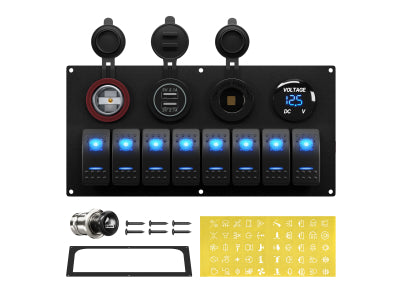
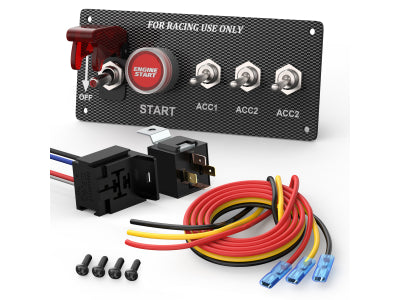
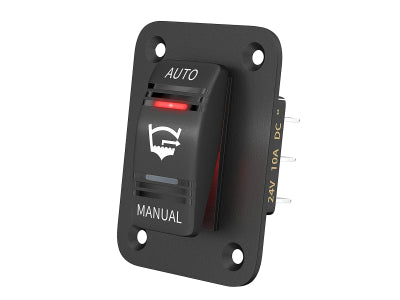
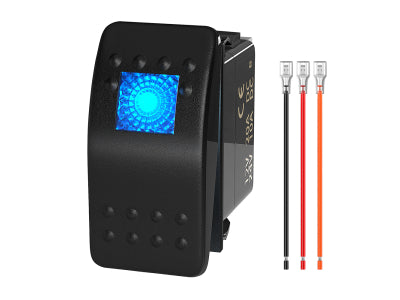

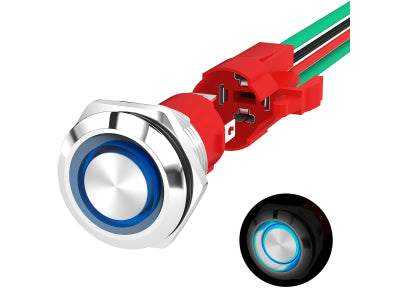
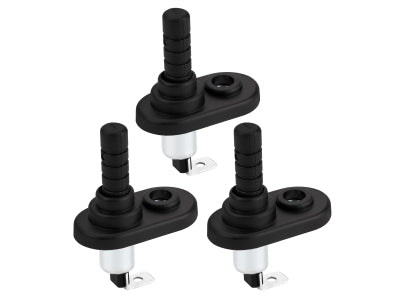
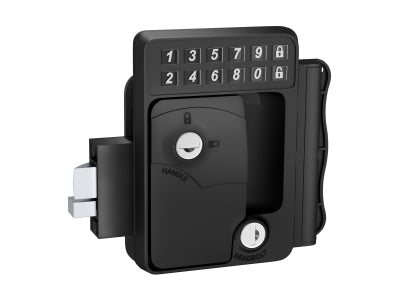
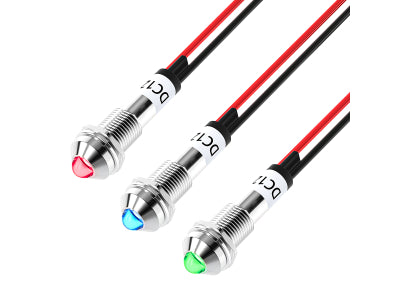
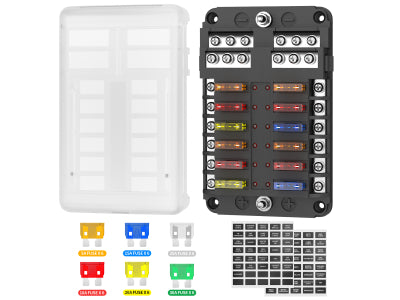
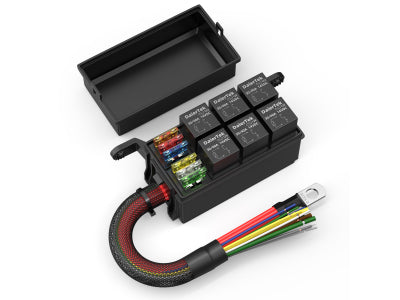
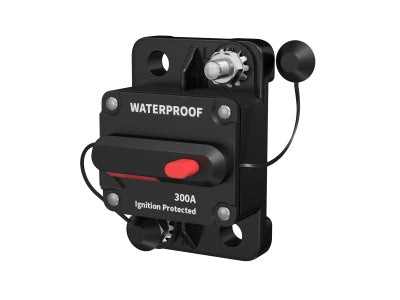
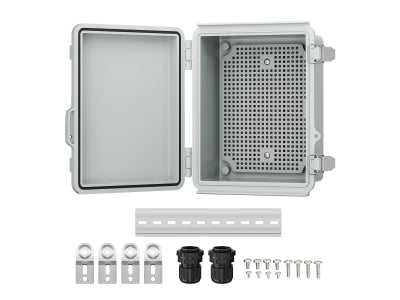
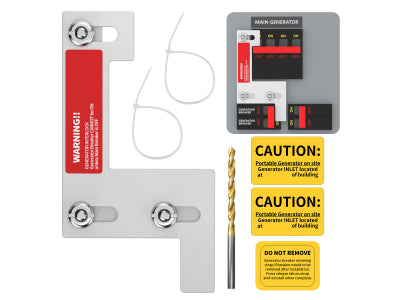
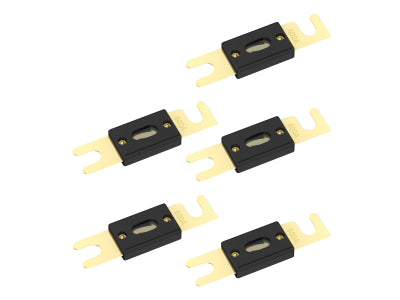
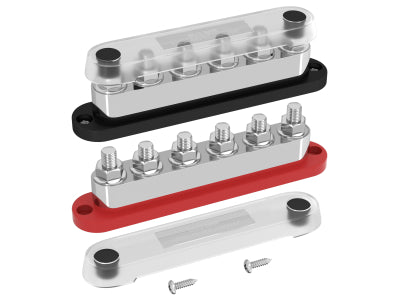
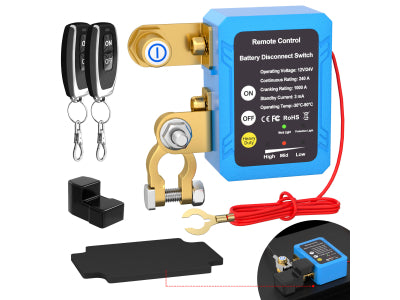
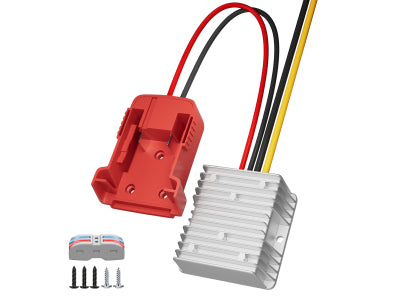
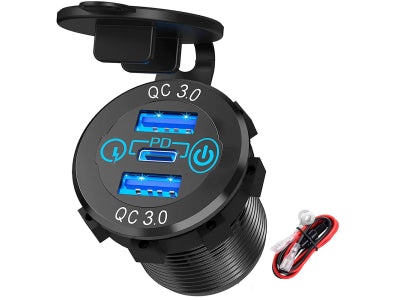
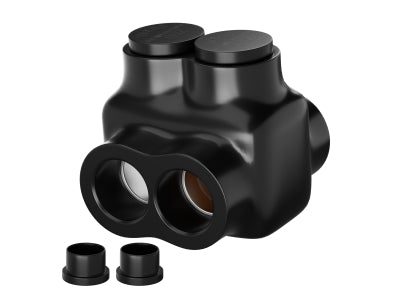
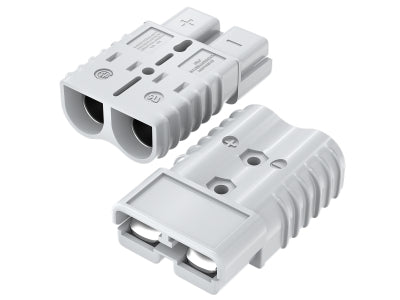

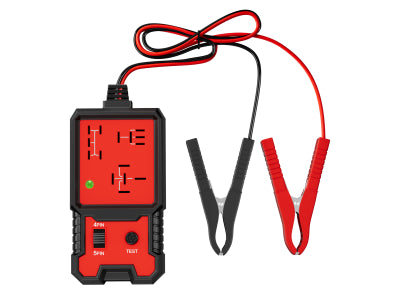
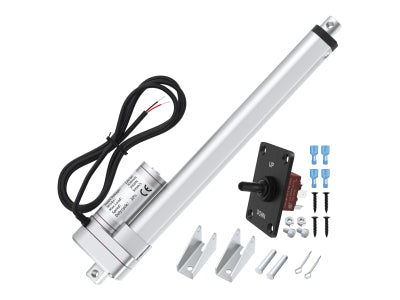
Dejar un comentario